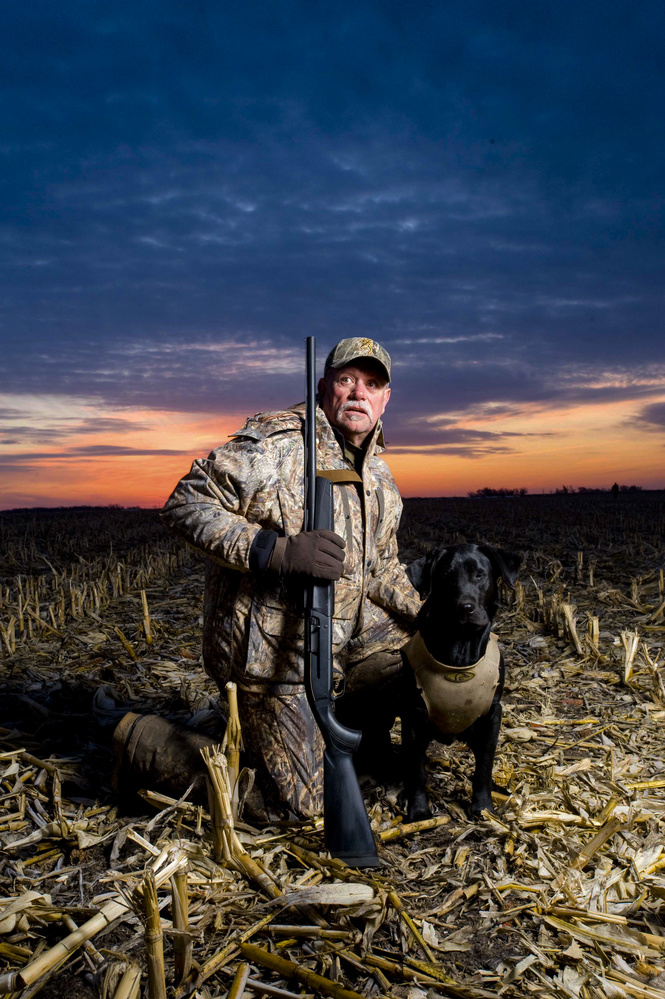How does a photographer have names such as National Geographic, Smithsonian, Powder Magazine and The New York Times on his client list? And how might you be able to do the same?
Patrick Cone was born and raised in Park City, Utah, where he grew up skiing and backpacking in the Wasatch mountains and in surrounding National Parks and public lands. After receiving a full scholarship to the University of Utah's Geology department, Cone began taking a camera to photograph landscapes on geology trips and jobs. Ansel Adams became an obvious inspiration for Cone, and Eliot Porter — who created intimate color portraits of landscapes — became a mentor. With his newfound passion, Cone transferred to Utah State University, where he graduated in 1977 with a BFA in Photographic Design.
After college graduation, Cone packed his Volkswagen bus and headed toward Los Angeles. It was there where he began picking up jobs as a photo assistant in studios for photographers such as Peter Sagara, Dale Healey, Larry Dale Gordon, and Pete Turner. "Being an assistant is a good way to learn from other photographers," said Cone. "I learned the logistics of coordinating a shoot and how to deal with models" These photographers helped refer Cone to more work, and he began to build his own clientele.

Photograph by Patrick Cone.
Eventually, however, Cone grew tired of the city's clutter and began to miss natural scenes like flowing rivers, breathtaking mountains, and colorful wildflowers in the Tetons and Wasatch mountains. A friend referred him to a position as a helicopter navigator. While logging 6,000 hours in a helicopter, Cone also photographed the landscapes he flew over, such as Mt. Saint Helens and the San Andreas fault. "Depth of field is not important from the air because there is no foreground," said Cone. "I wasn't trying to shoot iconic scenery. I was aiming for design and color-orientated imagery."
During his time as a helicopter navigator, Cone attended helicopter conventions and looked for work. Flying Magazine — the world's largest aviation magazine — became his main client. He photographed stories and advertising for the publication, then started branching out to general magazines such as Sunset and travel and architectural publications. Flying and Sunset were staples for putting food on the table, but word of mouth and a solid portfolio brought publications and companies such as National Geographic, Smithsonian, and Scientific American to Cone's client list.
One of Cone's main tactics for booking new clients is cold-calling. While traveling on assignments, Cone researched publications and companies in the cities he was headed to and brought his portfolio with him. In other instances, Cone would simply pick up the phone and call a publication to see if they'd be interested in working with him. "Having face-to-face conversations and building personal relationships shouldn't be underestimated," said Cone. "Reputation is everything: it's crucial that other people have trusted the work that you do. Plus, having a positive attitude and energy is important, too."

Photograph by Patrick Cone.
Although advertising and commercial work pays better than editorial assignments, there are many advantages. "In the advertising world you have art directors, clients, and producers looking over your shoulder," said Cone. "I enjoy the freedom of magazine work." Plus, working for magazines means your competition is clearly visible. An aspiring professional photographer can easily walk up to a magazine rack and see what types and style of images are being published, and what aren't. "If your work cannot compete with what is being published then you need to practice more," said Cone.
One important thing to keep in mind as a photographer in today's world is to diversify your interests and skills. It's important to know more than just clicking the shutter, especially as an editorial photographer. Editing, cinematography, and writing are useful skills to add to your toolbox. "Publications used to send three people on a job — one for video, one for stills, and a writer," said Cone. "Now, they send one person." Cone also suggested utilizing social media to amplify the amount of people who will see your work. "You need to be versatile and need to be able to show potential clients what you do without them having to read or research too much," said Cone.

Photograph by Patrick Cone.
Throughout his career, Cone has photographed wildfires in Yellowstone, people such as Liz Taylor and Candice Bergin for Hallmark, Olympic sporting events and much, much more. Today, the photographer teaches photography classes at the University of Utah and continues to freelance. He recently was also a corporate photographer and Director of Photography for Browning Winchester. Cone is also the Editor of National Parks Traveler, a non-profit journalism site recording news on National Parks. He's also currently working on two books.
After talking with Cone, it became clear to me that there is no set path in becoming a professional photographer. As long as you put yourself in the right place and surround yourself with motivated people, good things will come your way. Being ambitious by cold-calling potential clients, diversifying your skills and maintaining a positive attitude when rejection inevitably comes your way is extremely helpful, too. "Follow your passion. If the money comes your way, that's fantastic," said Cone. "But if not, at least you'll live the rest of your life with no regrets."
Visit Patrick Cone's website to view more of his work.
All images are used with the permission of Patrick Cone.







Uniting factor seems to be Tight crop